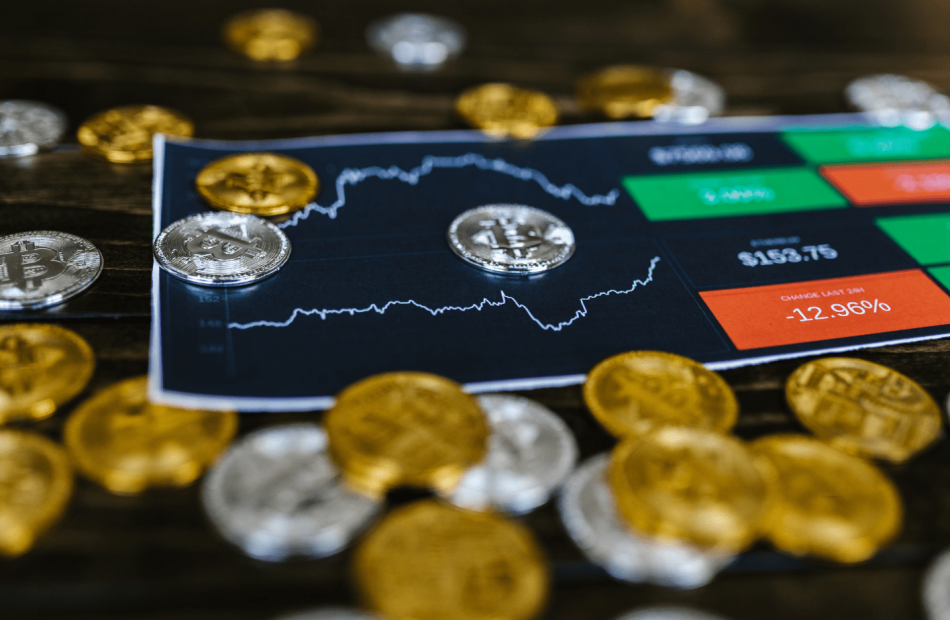Bitcoin price today: pinned at $64k, rate jitters grow before PCE data
On Friday, Bitcoin’s price remained relatively unchanged as sentiment in the crypto markets was dampened by increasing expectations of sustained higher U.S. interest rates. Investors were closely monitoring upcoming U.S. inflation data, which influenced market sentiment.
Bitcoin experienced a modest 0.2% increase over the past 24 hours, reaching $64,339.7 by 01:38 ET (05:38 GMT). Despite this slight uptick, the world’s largest cryptocurrency was poised for a subdued weekly performance, as it remained within a trading range of $60,000 to $70,000 established over the past six weeks.
Concerns about continued regulatory scrutiny on crypto were highlighted this week following reports that U.S. prosecutors were seeking a three-year prison sentence for Binance founder Changpeng Zhao, who pleaded guilty to violating anti-money laundering laws.
The outlook for Bitcoin dimmed as expectations for interest rate cuts by the Federal Reserve diminished. The market largely ignored a decline in the dollar overnight, driven by weaker-than-expected U.S. gross domestic product data. However, a stronger GDP price index reading led traders to scale back expectations for rate cuts by the Fed. According to the CME Fedwatch tool, traders were only pricing in rate cuts by September or the fourth quarter of 2024.
The prospect of higher U.S. interest rates made traders cautious about Bitcoin and other cryptocurrencies, as it reduces the appeal of volatile and speculative assets. Bitcoin typically performs well in low-rate, high-liquidity environments.
Despite positive earnings from tech giants Microsoft Corporation and Alphabet Inc, Bitcoin did not benefit from the strength in U.S. technology stocks. Its correlation with U.S. tech stocks, which had been observed in recent weeks, remained largely negative.
In the broader crypto market, Ethereum experienced a 0.3% decline, while XRP and Solana traded within a narrow range. Investors were closely watching for key U.S. inflation data, particularly the PCE price index for March, which is expected to influence the Federal Reserve’s outlook on interest rates.



Leave a Reply